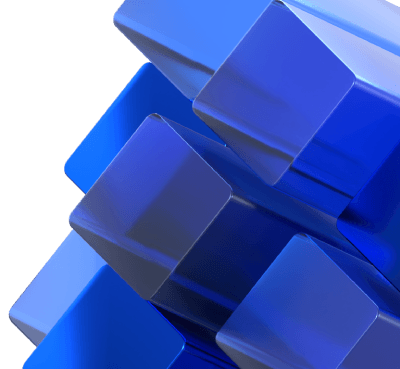Headless CMS platforms enable developers and marketers to focus on their core tasks—developers build applications, and marketers manage content. This separation speeds up content delivery and helps businesses adapt quickly.
In this article, we’ll break down the best headless CMS platforms to help you make your choice.
In brief:
- Headless CMS platforms split up backend content management from frontend presentation, allowing content delivery across multiple channels using APIs.
- Picking a robust headless CMS from among the top CMS platforms can unify and future-proof your digital strategy across various platforms.
- The best platforms include Contentful, Strapi, and Sanity.
Key Differences Between Traditional CMS and Headless CMS Platforms
If you’ve been using a traditional CMS so far, you’ll find a headless CMS much different—especially when it comes to the developer experience.
- Architecture: Traditional CMSs combine content management and presentation, hindering scalability. In contrast, the headless CMS platforms follow a composable architecture by separating these functions.
- Content Delivery: A headless CMS uses APIs to distribute content across multiple channels. Traditional CMSs focus on a single web interface, limiting distribution.
- Flexibility and Reusability: Content is independent of presentation, allowing reuse and adaptation for different platforms.
- Developer Experience: With a headless CMS, developers can choose any front-end technology, speeding up development. Traditional CMSs often limit developers to certain frameworks.
- Scalability and Performance: The decoupled architecture of a headless CMS enables efficient scaling. Traditional systems may struggle with multi-channel expansion, whereas headless CMS accommodates growth effectively.
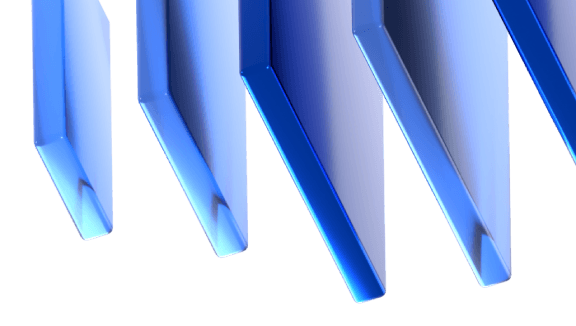
12 Best Headless CMS Platforms
Built around flexible APIs, headless CMS platforms integrate well with modern front-end frameworks and support multi-channel content delivery.
Here are the 12 best headless CMS platforms to choose from:
1. Contentful

contentful
Contentful is a cloud-based headless CMS designed for enterprises that prioritize reliability and scalability. It stands out for its flexible content model and robust API offerings.
Key features include:
- Content Model Flexibility: Developers can define content structures that adapt to diverse use cases, eliminating rigid templates.
- Global Content Delivery Network (CDN): Fast content delivery worldwide, improving user experience and site speed.
- Localization Support: Create and manage multilingual content with ease.
- Integration Capabilities: Seamlessly integrates with other platforms, from CRMs to marketing automation tools.
- Advanced Workflow Management: Role-based permissions and content approval flows streamline collaboration across teams.
Contentful is an excellent choice for businesses managing extensive, international digital properties and those needing a scalable infrastructure.
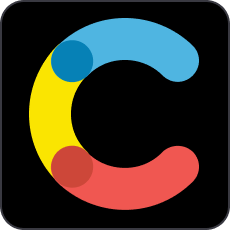
2. Strapi
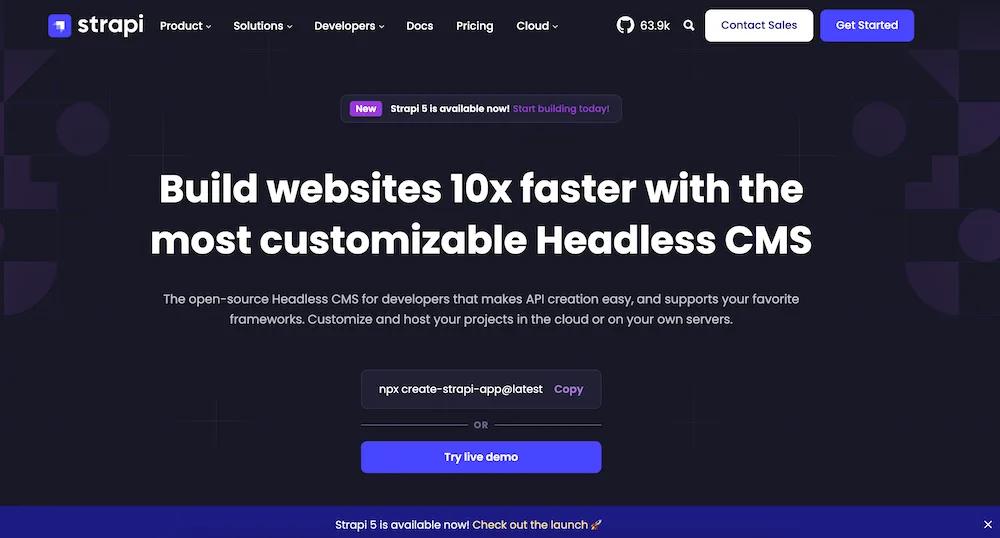
strapi
Strapi is an open-source headless CMS offering unmatched flexibility through complete source code access. Developers can customize every aspect to meet their needs.
Its features include:
- Database Compatibility: Supports both SQL (e.g., PostgreSQL, MySQL) and NoSQL (e.g., MongoDB) databases.
- Framework Integration: Works seamlessly with popular front-end technologies like React, Vue.js, and Angular.
- Customization: Full access to the source code allows businesses to build tailored solutions.
- Plugin Ecosystem: Extend functionality with a rich library of community and custom plugins.
- Self-Hosted Option: Control your infrastructure and data by deploying Strapi on your servers.
Strapi is ideal for development teams seeking complete control over their CMS architecture and security.
3. Sanity

sanity
Sanity offers a real-time collaborative environment designed for both developers and content creators. Its customizability makes it a favorite for teams with complex content needs.
The top features include:
- Sanity Studio: An open-source, highly customizable interface for content editors.
- Real-Time Collaboration: Multiple users can edit and manage content simultaneously without conflicts.
- Content as Data: Use the powerful GROQ query language to fetch exactly the data you need.
- Flexible Content Structures: Define and organize content for a variety of platforms.
- Localization Support: Built-in tools to manage translations and local variations.
Sanity’s API and editing experience make it ideal for projects requiring rapid content updates and multi-channel distribution.

4. Prismic

prismic website
Prismic focuses on simplicity and productivity for content teams. Its slice-based content modeling offers a reusable component approach.
This headless CMS offers the following features:
- Slice-Based Content: Create reusable, modular content components to streamline updates.
- User-Friendly Interface: Content creators benefit from an intuitive dashboard designed for efficient content management.
- SEO Tools: Built-in features to optimize content for search engines.
- Version Control: Track content changes and revert to previous versions as needed.
- Integration Options: Easily connect with marketing automation tools, static site generators, and more.
Prismic’s simplicity and modular approach are ideal for teams focused on fast, scalable content updates without technical bottlenecks.
5. Kontent.ai

Kontent.ai is an AI-powered headless CMS designed for enterprises looking to streamline content creation and distribution. It emphasizes structured content, workflow automation, and compliance, making it ideal for industries with strict governance needs.
Top features include:
- AI-Enhanced Content Operations:
- Headless Architecture:
- Governance & Compliance:
- Developer-Friendly API:
- Content Performance Analytics:
Kontent.ai is trusted by enterprises needing scalable, AI-driven content management with a strong focus on compliance and efficiency.
6. Magnolia

magnolia cms website
Magnolia offers a hybrid approach, blending headless CMS capabilities with traditional CMS features to provide flexibility for enterprise-level digital experiences.
Its main features include:
- Integration-Friendly: Connects easily with CRMs, e-commerce platforms, and marketing tools.
- Personalization: Deliver targeted content based on user data and behavior.
- Omnichannel Delivery: Publish content to multiple channels, including web, mobile apps, and IoT devices.
- Campaign Management: Marketers can create and monitor campaigns directly within the CMS.
- Customizable Workflows: Adapt workflows to fit your team’s specific processes.
Magnolia is ideal for businesses seeking both headless and traditional CMS functionality to support complex marketing and personalization needs.
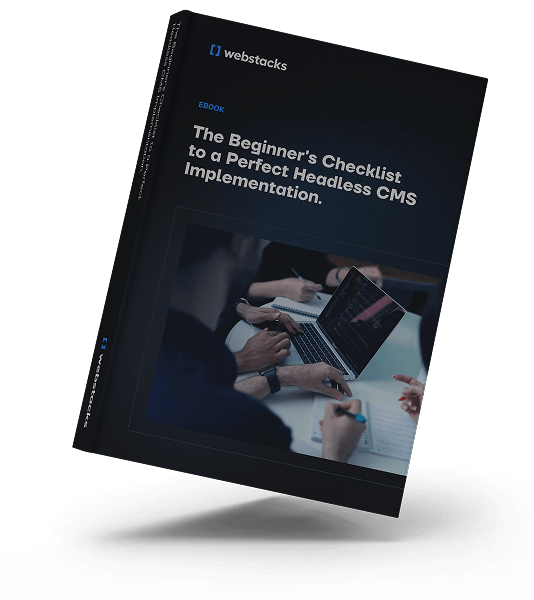
7. Ghost
Ghost is a streamlined, open-source CMS optimized for professional publishing. Built on Node.js, it’s popular among independent publishers and media companies.
Its standout features include:
- Content Creator-Friendly: A clean, distraction-free interface designed to enhance productivity.
- JSON API: Enables seamless integration with front-end frameworks and third-party services.
- Built-In Membership Tools: Manage subscriptions, newsletters, and paid content.
- Fast Performance: Lightweight architecture ensures fast load times and smooth user experiences.
- Custom Themes: Easily create and implement custom themes.
Ghost is an excellent solution for publishers prioritizing performance and ease of use.
8. Storyblok
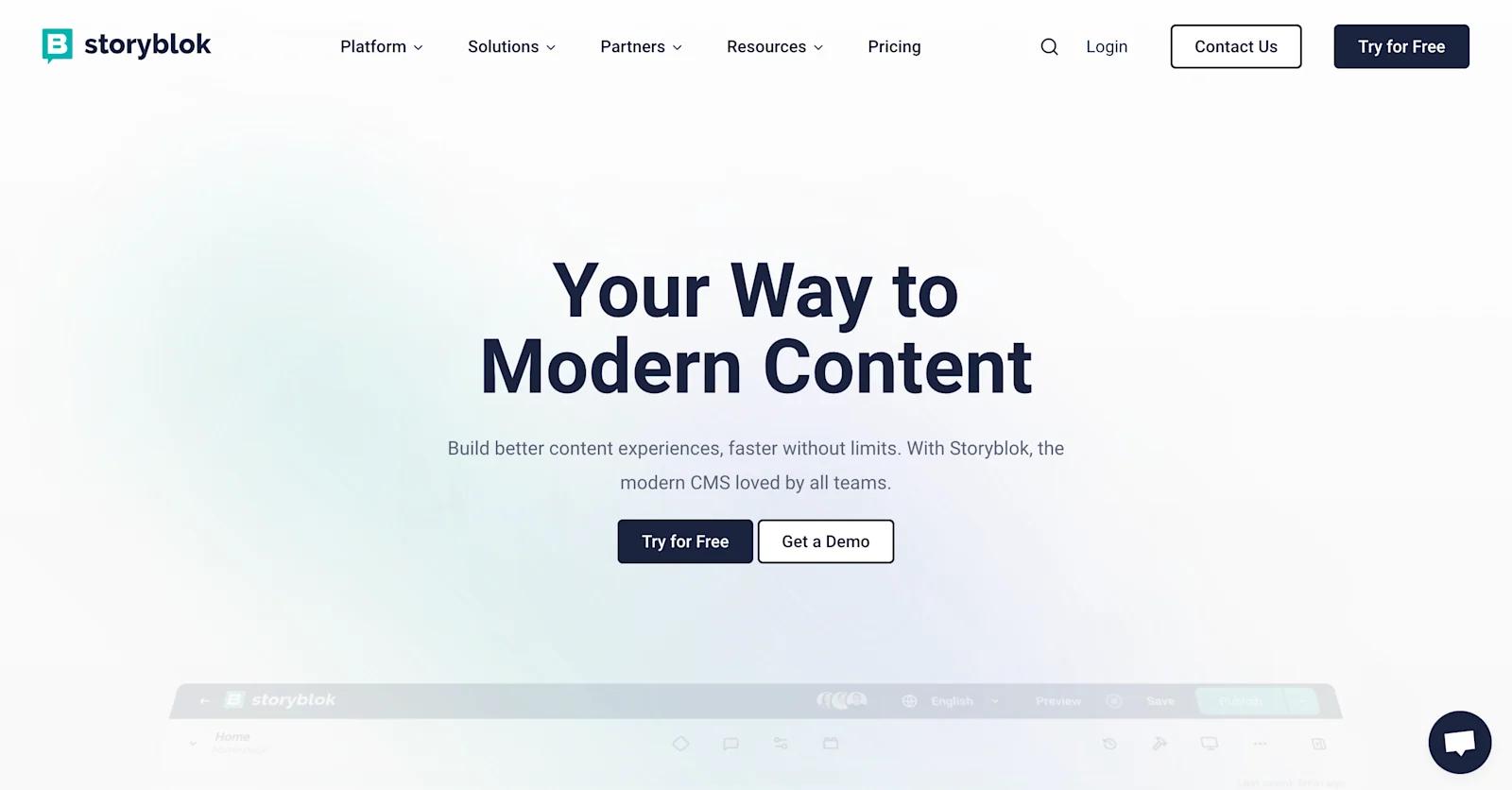
storyblok website
Storyblok is a headless CMS with a visual editor and component-based approach that empowers teams to build and manage content-rich websites efficiently.
When using Storyblok, you’ll benefit from the following functionality:
- Visual Editor: See real-time previews of changes as you edit content.
- Component-Based Structure: Developers can create reusable content blocks to simplify site management.
- Multilingual Support: Tools for managing translations and regional content variations.
- Collaboration Tools: Streamline teamwork with role-based access and task assignments.
- Content Workflows: Automate content approval and publishing processes.
Storyblok’s focus on user-friendly tools and reusability makes it a favorite for marketing teams and developers alike.
9. Contentstack
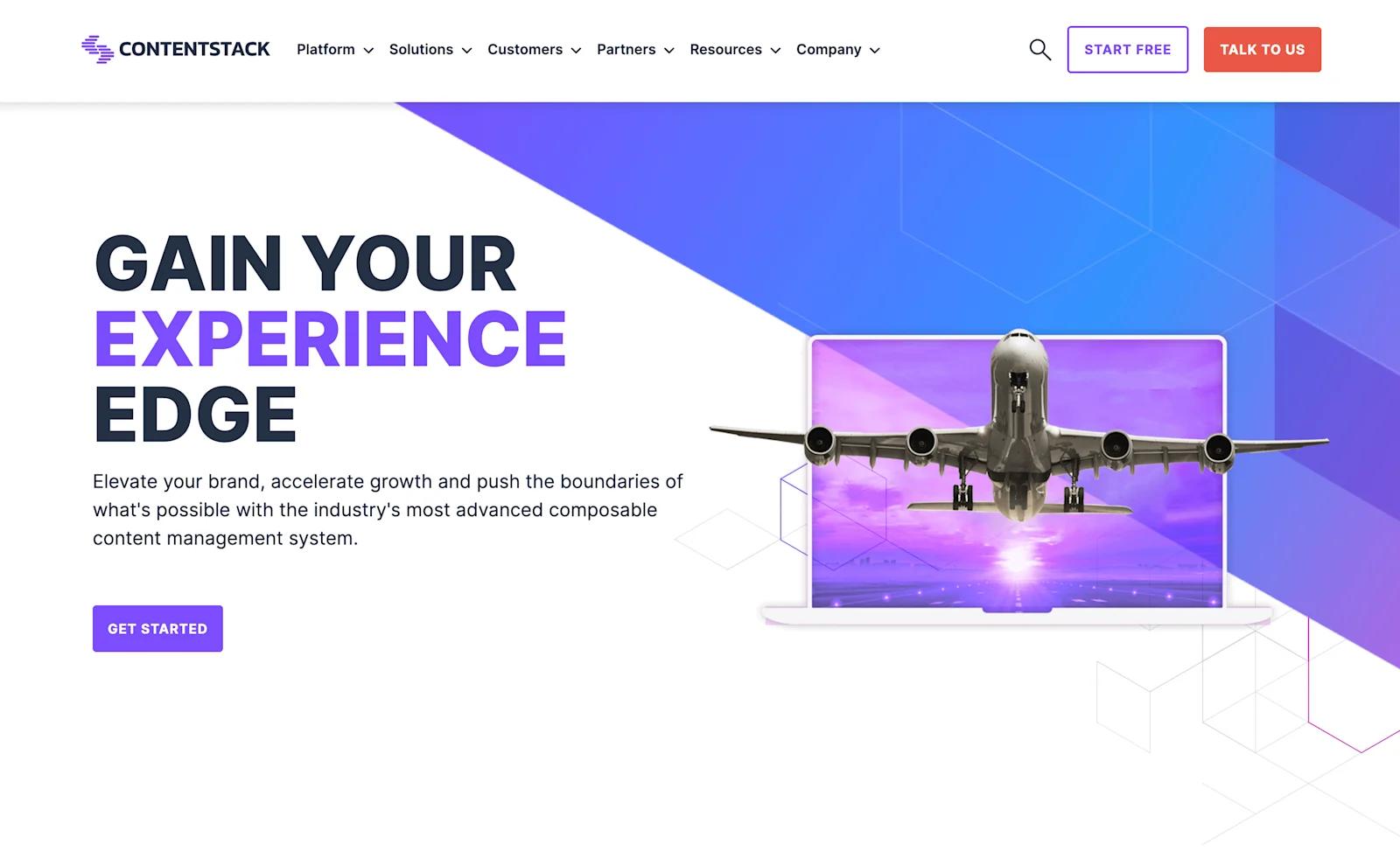
contentstack-website
Contentstack is designed for enterprise scalability, supporting high-performance applications with extensive API capabilities and agile workflows.
This headless CMS comes with the following features:
- User-Friendly Dashboard: Simplifies content editing and management.
- Enterprise-Grade APIs: Robust, secure APIs for integrating with multiple services and platforms.
- Omnichannel Distribution: Deliver consistent content across websites, apps, and other digital platforms.
- Agile Workflows: Supports rapid iterations and content updates.
- Developer Tools: SDKs and tools for popular programming languages.
Contentstack’s enterprise focus makes it ideal for large organizations with complex content delivery needs.
10. ButterCMS
ButterCMS is a SaaS-based solution designed for rapid integration with modern tech stacks. It offers simplicity without sacrificing essential features.
Its top features include:
- Quick Setup: Integrates with frameworks like React, Angular, and Vue in minutes.
- SEO Optimization: Manage metadata, URLs, and other SEO elements directly in the CMS.
- Developer-Friendly: Provides REST and GraphQL APIs, along with SDKs for various languages.
- Content Previews: Editors can view content changes before publishing.
- Customizable Content Fields: Easily define and modify content structures.
ButterCMS is perfect for startups and small teams looking for a fast, scalable CMS without the need for extensive custom development.
11. Decap CMS
Decap CMS (formerly known as Netlify CMS) is an open-source solution tailored for static site generators and Git-based workflows. It’s highly customizable and works well with modern JAMstack projects.
Its main features include:
- Git Integration: Content changes are version-controlled and deployed automatically.
- Static Site Compatibility: Optimized for frameworks like Gatsby, Hugo, and Jekyll.
- Custom Widgets: Extend the CMS with custom editor components.
- Single-Page App: Provides a streamlined, responsive editing experience.
- Open-Source Community: Access a wealth of plugins, themes, and community support.
Netlify CMS is ideal for developers building static websites with modern tools and workflows.
12. Agility CMS
Agility CMS combines the best of both worlds, offering a hybrid model with page management features alongside headless content delivery.
The main features of this CMS include:
- Page Management: Control both content and presentation from a single interface.
- E-Commerce Integration: Seamlessly connect with e-commerce platforms like Shopify.
- Jamstack Compatibility: Designed for use with static site generators and serverless architectures.
- Content Syndication: Distribute content across multiple platforms and formats.
- Custom Workflows: Adapt approval processes and permissions to fit your team’s needs.
Agility CMS provides flexibility for organizations managing both structured content and fully designed pages.
Power Up Your Website with a Headless CMS
With a headless CMS, you can quickly share content across channels, future-proof your website, and create personalized user experiences. As you evaluate these options, download our headless CMS implementation checklist to get fully prepared before diving into the migration process.
